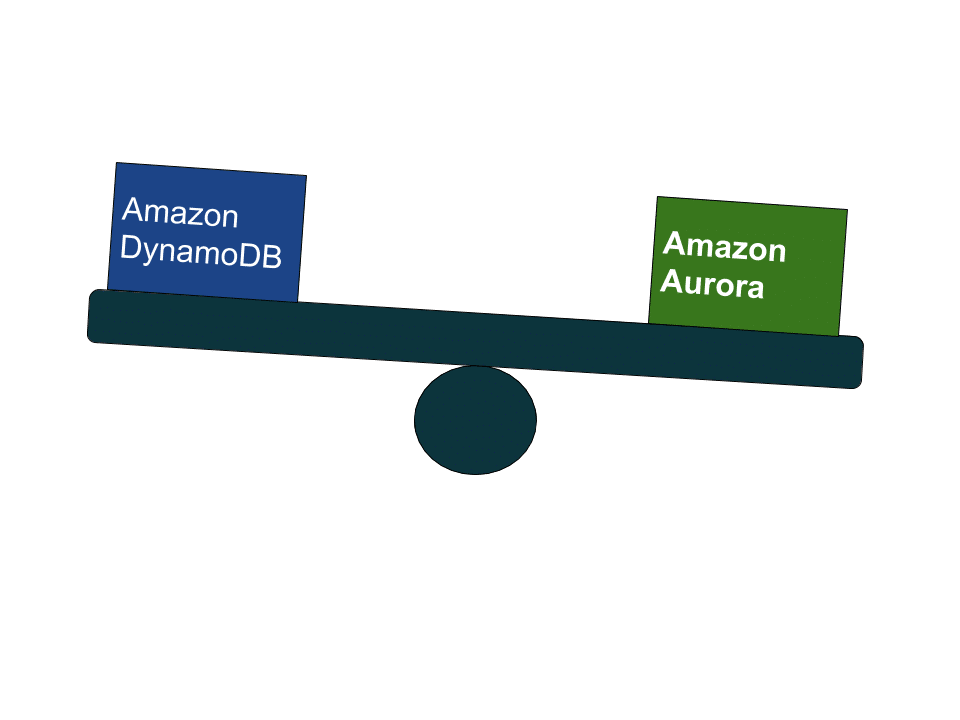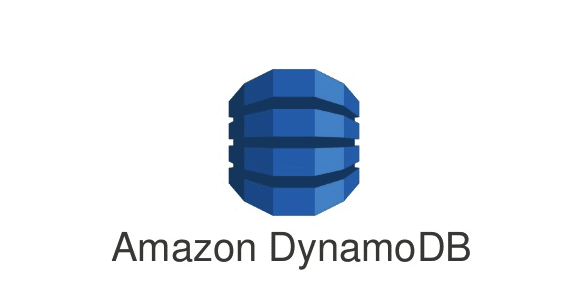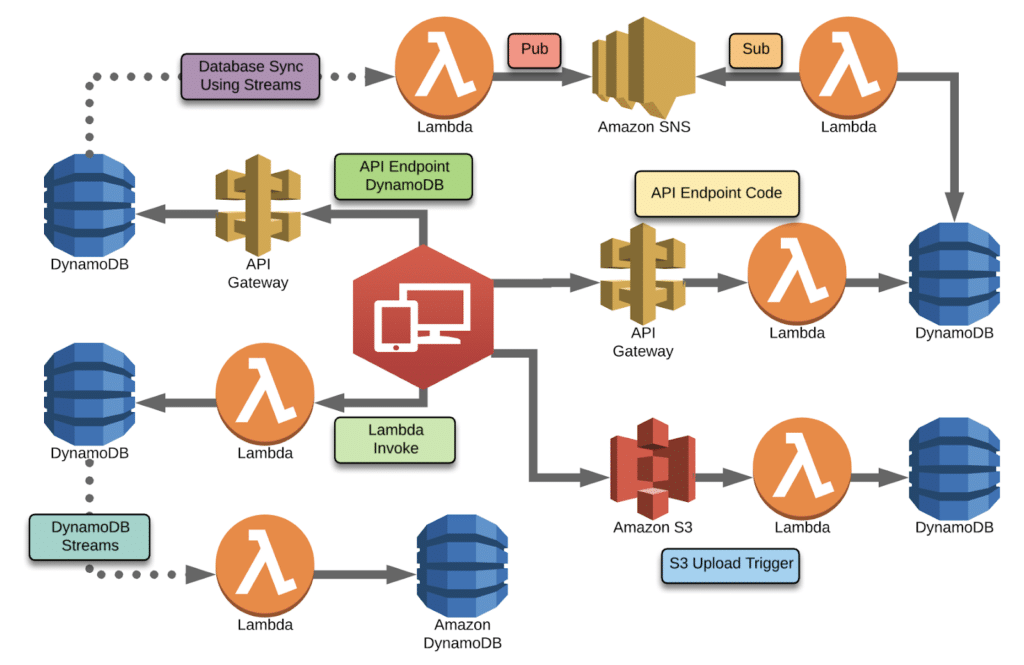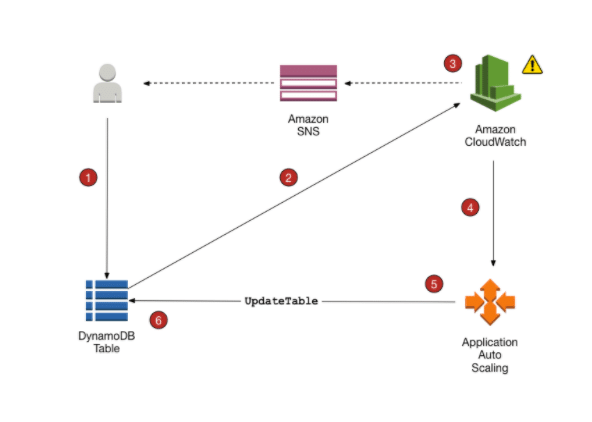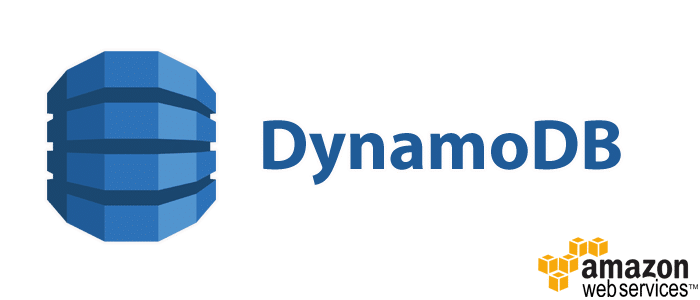Amazon Aurora vs DynamoDB – Overview
Amazon Aurora and Amazon DynamoDB are two different databases as a service offered by Amazon for AWS clients. The DynamoDB is a non-relational database, while the Amazon Aurora is a relational database. So yes, they carry a lot of differences that you should know about first if you are an active user of AWS.
Both services are designed to solve different problems and provide different solutions to users. So yes, both services have their importance. Amazon Aurora is a good choice for those who store semi-structured and structured data. Let’s find out the different aspects that make these two services of Amazon different from each other.
Amazon Aurora
Amazon Aurora is a relatively new service offered by Amazon to AWS clients. The service is there to replace the standard MySQL, which is now compatible with the latest MySQL 5.6. This relational database is highly cost-effective, which is why it is one of the best and most recommended services to AWS clients by its users.
Amazon Aurora is up to five times faster than the standard database. It is known for its unique self-healing system that lets you store unlimited databases with no manual intervention needed.
Amazon DynamobDB
Amazon’s DynamobDB is yet another popular service among AWS clients. It’s a fully managed database that supports key-value and document storage models. It’s a no-SQL database service that is fast and reliable. It is also very cost-effective. This service is quite popular just because it is highly scalable. It stores data in the cloud which eliminates the need for extra storage space for the databases.
Both services are quite popular among AWS clients. They carry a lot of different features that make them independent services from each other. Let’s find out the differences between these two services.
Learn more about AWS DynamoDB FAQ
Amazon Aurora Vs. DynamoDB
- Both services are developed and launched by Amazon. The Amazon DynamoDB service was launched by Amazon in the year 2012 while the Amazon Aurora service was launched in the year 2015 by Amazon for AWS clients.
- Amazon Aurora is a MySQL and PostgreSQL-compatible service based on the cloud. The DynamoDB service is a highly scalable database service that is compatible with Amazon’s Cloud service to store databases.
- Amazon Aurora doesn’t require Foreign Keys, it works on referential integrity. On the other hand, the DynamoDB service doesn’t work on referential integrity. It is an independent service designed for Amazon Web Services clients.
- Amazon Aurora uses immediate consistency to see the data is distributed equally. While Amazon DynamodB uses both, immediate consistency and eventual consistency to see if the data is distributed in the system or not.
- Amazon Aurora’s primary database model is Relational DBMS, while the primary database model of Amazon DynamoDB is a key-value store and document store.
- Amazon Aurora’s can be partitioned in the horizontal direction. While Amazon DynamoDB uses the sharding partitioned method.
- Amazon Aurora service supports server-side scripting. It requires the presence of active servers. On the other hand, Amazon’s DynamoDB service doesn’t support server-side scripting as it is a scalable database service.
- Amazon Aurora supports several computer languages such as Ada, C, C#, C++. D, Delphi, Eiffel, Erlang, Haskell, Java, Javascript, Objective-C, OCami, Perl, PHP, Python, Ruby, Scheme, TCL. The DynamoDB also supports various computer languages but in fewer numbers. The DynamoDB service supports .Net, ColdFusion, Erlang, Groovy, Java, Javascript, Perl, PHP, Python, and Ruby computer languages.
- Amazon Aurora service supports SQL query language as it is compatible with SQL scripting. There is no SQL query language support from Amazon’s DynamoDB service.
- Amazon Aurora supports only one replication method. While the Amazon DynamoDB service supports multiple replication methods that can be utilized by the users as per their needs and requirements.
See more on
Amazon Aurora vs Aurora Serverless
Final Thoughts:
Amazon Aurora and Amazon DynamoDB are quite useful for regular AWS clients. If we talk about the storage cost of these two services, there is not much difference between them.
What makes the DynamoDB service quite popular among users is it is very simple and doesn’t require special skills. However, Aurora is a much-advanced service that offers both simplicity and scalability. Depending on your basic needs, you can choose a suitable service from the AWS platform.
